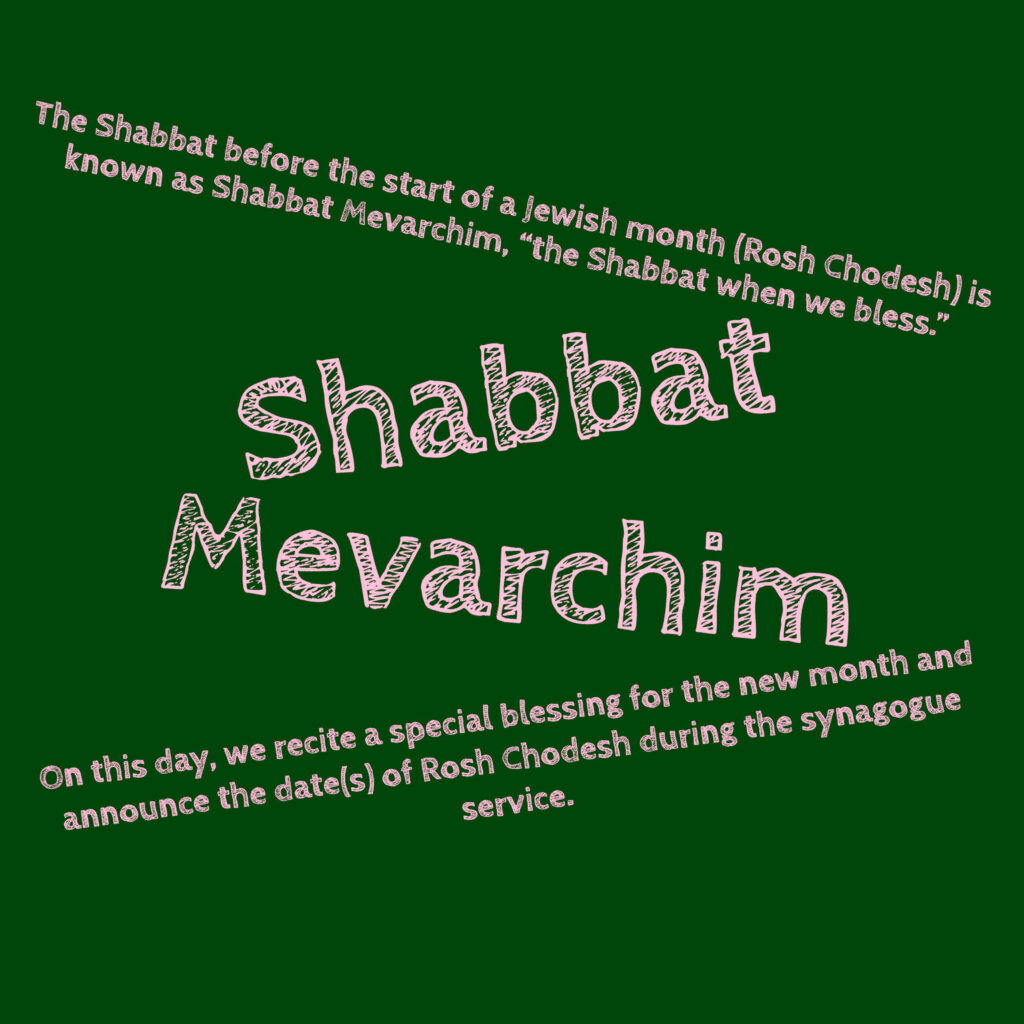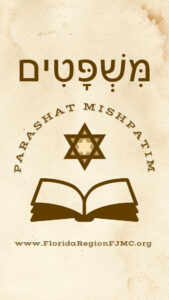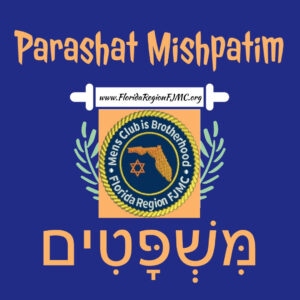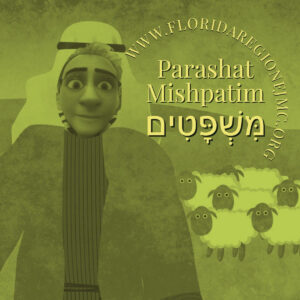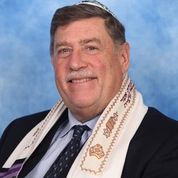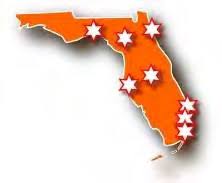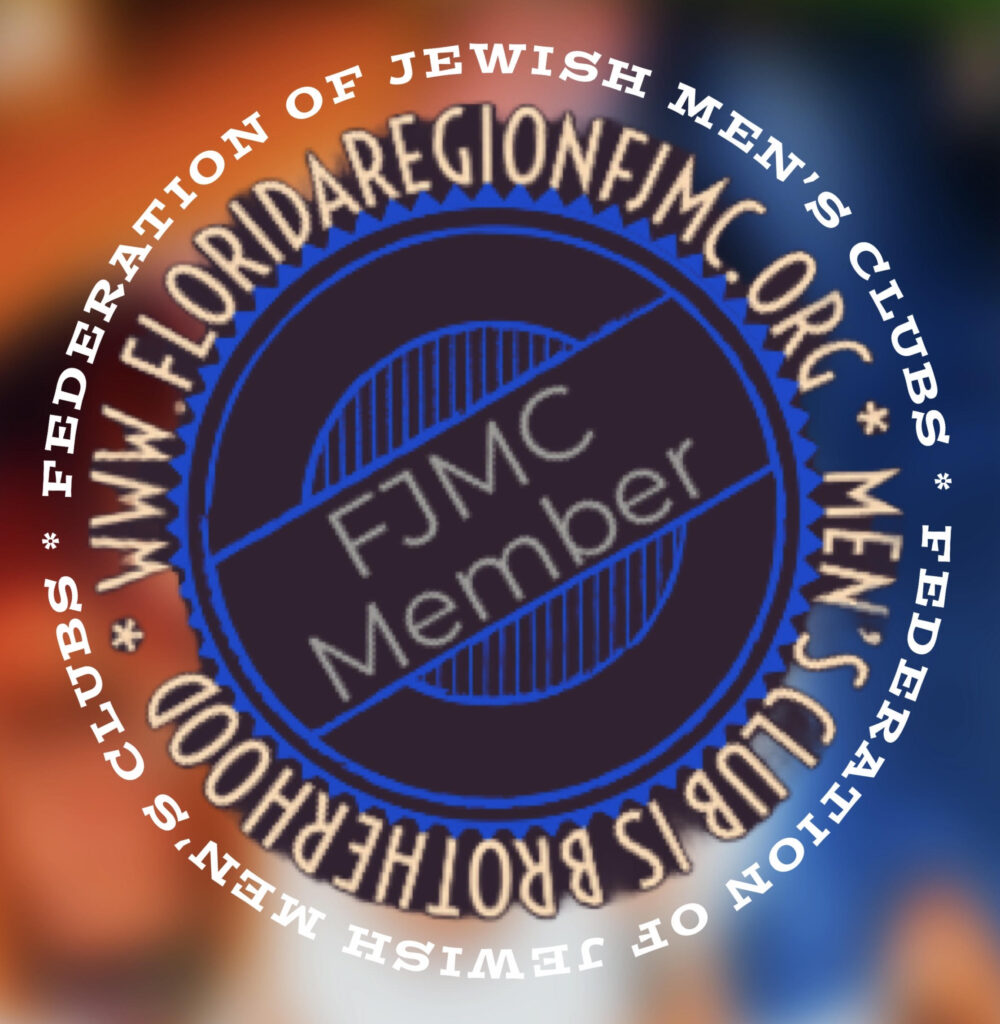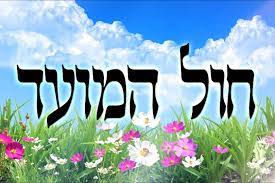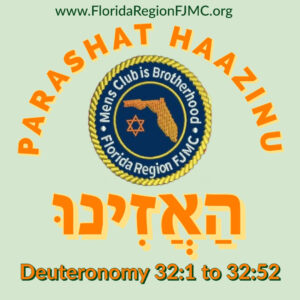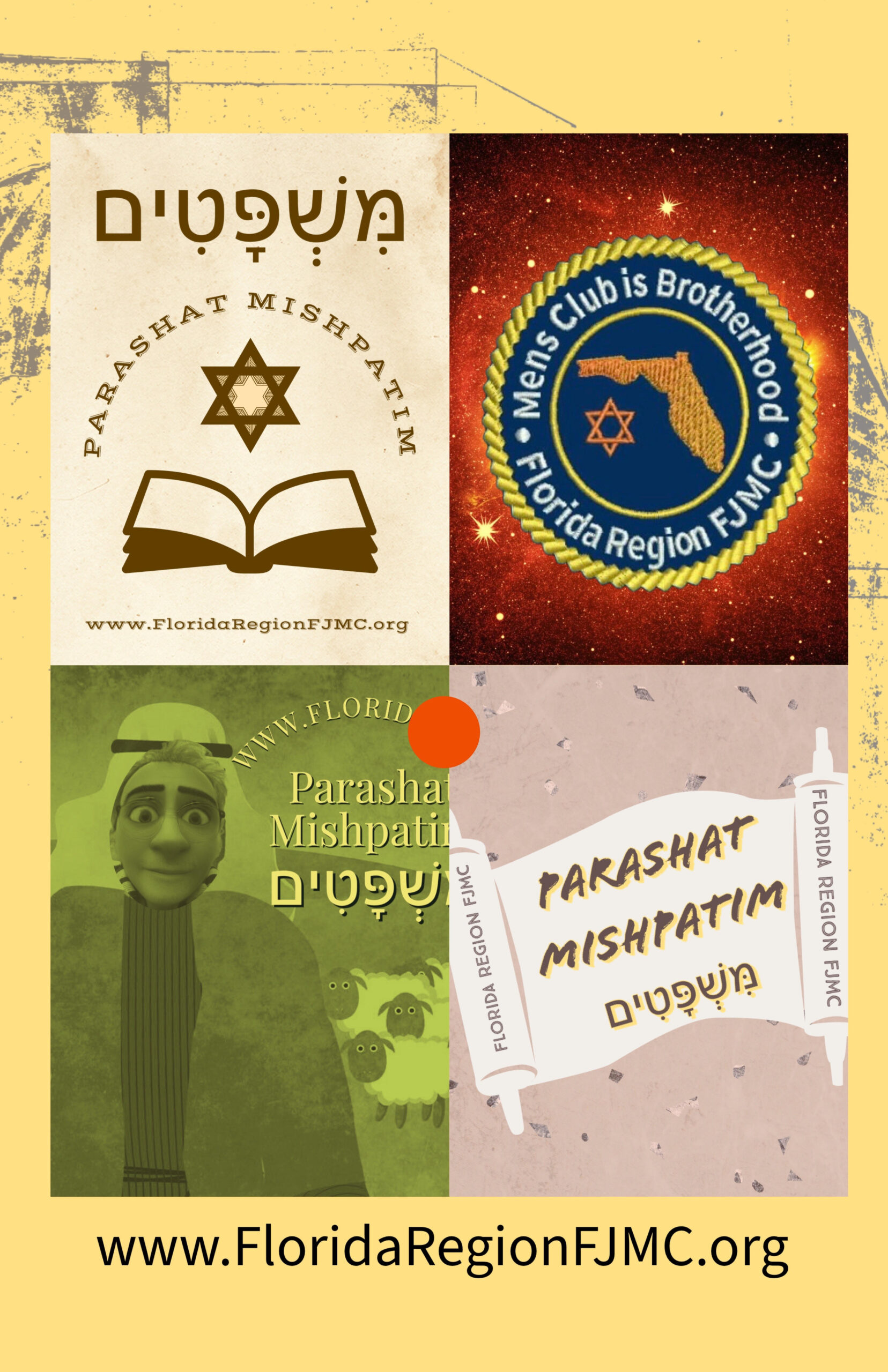
When you Choose Shabbat, you choose to learn that every Shabbat is different and special and this week is special indeed, as it is also Shabbat Mevarchim – the Shabbat when we bless the new month. This week we read from Parashat Mishpatim (מִּשְׁפָּטִים), the 18th weekly Torah portion in the annual cycle of Torah readings. According to Wikipedia, Mishpatim (Exodus 21:1 through 24.18) contains 5,313 Hebrew letters, 1,462 words and 118 verses and 185 lines in the Torah scroll.
Rabbi Michael D Klein of Temple Torat Emet offers his insights on this week’s Torah reading, Mishpatim (מִּשְׁפָּטִים) for Shabbat, February 22, 2024 aka 24 Shevat 5785:
“The are 613 Laws and Statutes contained in the Torah. How many pertain to our relationships to G-d, and how many pertain to interpersonal relationships? How many laws are positive in nature and how many are negative and contain restrictions? (Do’s versus don’ts) Reflective of this, how many of the 10 Commandments are positive and how many are negative? Why is this so? Sedra Mishpatim is the starting point of explanation of the laws given at Sinai. It logically begins with the laws related to servants since we had just been liberated from servitude in Egypt.
Since there are many more laws that deal with interpersonal human relationships and many more that are restrictive (365=days of the year) than directive (248=bones of the body) it would seem that the earlier comment in the Torah from the story of Noah applies. This suggests that although G-d realizes we have the ability to do good or evil (Yetzer Tov versus Yetzer Hara) it is much harder for humans to follow their good inclinations and therefore more of the laws needed to be restrictive in order to maintain the fabric of justice and society. The Covenant is expressed by commentator Nachmanides as “ comprising the wholeness of human life in all its phases”.
We must, as Jews, look at the wholeness of the laws and realize that to negate any part of the Torah, either the written or oral laws, risks destroying the safety net which binds us to one another and to G-d. At the conclusion of Mishpatim, Moses meets with the elders of the Tribes to reaffirm the covenant and the bricks under their feet glow like the brightness of sapphires.
Life will always present challenges and obstacles. This, however, suggests that, like the yellow brick road in the Wizard of Oz, whenever we choose to follow the correct path of life, G-d’s Shechina will be there to guide us long as we adhere to the laws of morality, justice, and belief.
Questions for Discussion
- Was the fact that the elders ate and drank G-d’s presence considered to be good or bad? How does this illustrate the difference between the elders and Moses?
- What do the illuminated bricks represent?
- How does the Commandment of honoring parents serve as a bridge between Laws dealing with G-d and those dealing with humanity?
- How does the narrative in Mishpatim compare and contrast with the narrative found in Ki Thissa and the story of the Golden Calf?”
Rabbi Michael D. Klein attended Yeshiva College of South Florida and served as Torah Reader, Hebrew teacher, Chazzan and spiritual leader of various synagogues throughout South Florida. In January 2015 he became Ritual Director, Bnai/Bnot Mitzvah instructor and 7th grade Hebrew instructor for Temple Torat Emet of Boynton Beach. In October 2019 he was accepted into an accelerated track and received his smicha from Yeshiva Adath Wolkowisk and has been the Rabbinic leadership of Temple Torat Emet since August 2020. In September of 2022 he was appointed Rabbinic and Spiritual Advisor of the Florida Region of FJMC.
Choose Shabbat; choose to celebrate, to light candles, sing songs and learn a little Torah.
This moment of Jewish learning is brought to you by the Florida Region of the Federation of Jewish Men’s Clubs (FJMC). We serve the needs of affiliated Men’s Clubs and Brotherhoods throughout the State of Florida. Learn more about the FJMC Florida Region and our growing network of Jewish Men’s Clubs and Brotherhoods at: www.floridaregionfjmc.org and please visit & LIKE our Facebook Group at: www.facebook.com/FloridaRegionFJMC.
The FJMC is a confederation of over 200 Jewish Men’s Clubs and Brotherhoods representing over 20,000 members across the United States, Canada, Latin America, and beyond. Learn how YOUR Jewish Men’s Club or Brotherhood can affiliate with the FJMC at: https://fjmc.org/for-clubs/affiliating-with-the-fjmc/.
